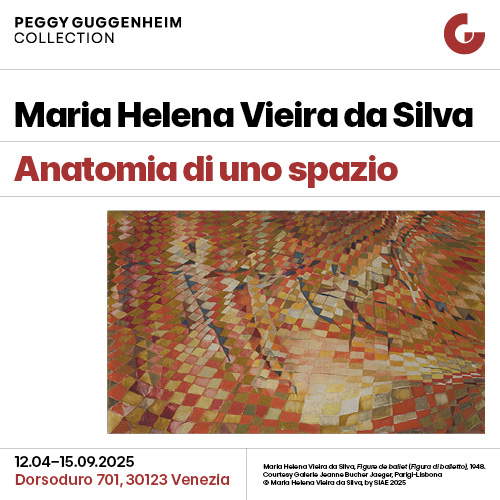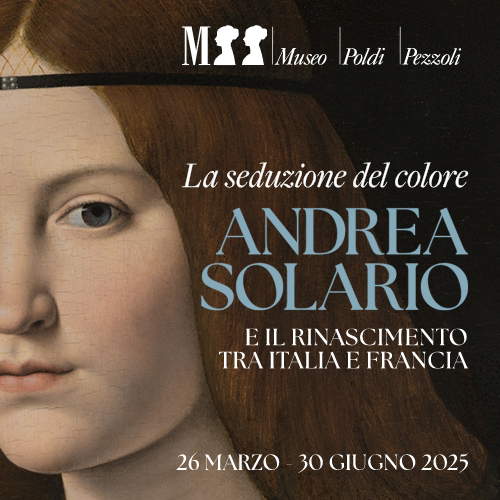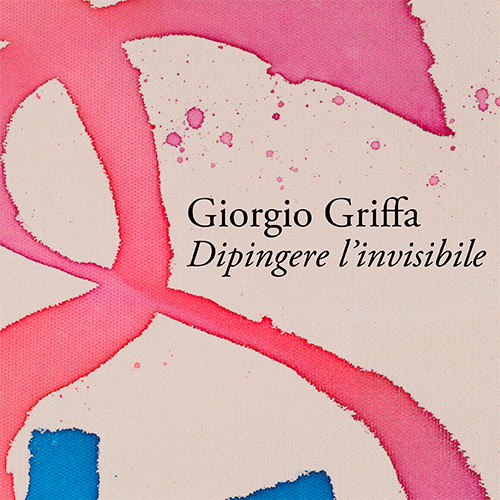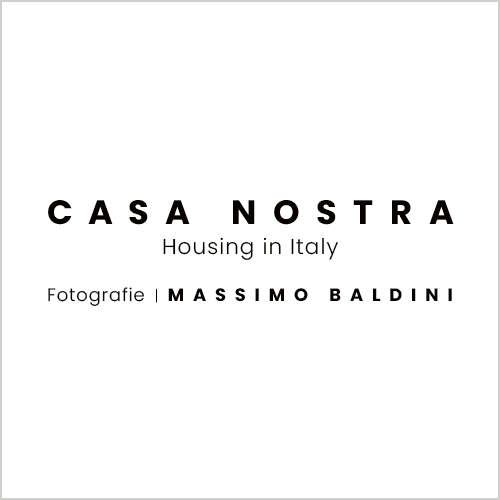Reportage from Arte Fiera 2025: the guide to the most interesting things (with prices)
Almost two hundred galleries, more than half a century old, four curated sections, nine prizes, hundreds of works to see, evaluate, try to understand, try to like. Arte Fiera arrives at 2025 without feeling the burden of its 48 editions and its 51 years with too much fatigue, and is preparing to open its doors to the Bologna public with an edition where there is no shortage of interesting ideas, young people to look at carefully, works by established artists, quiet proposals for quiet collecting. Arte Fiera has always been the fair of Italian art, and in the last editions, especially since Enea Righi arrived as director of operations, the event has been able to raise the interest of a public that has become more and more aware of the importance of the Bologna kermesse. Italy’s longest-running art fair. The fair that is supposed to gather the best of contemporary Italian art (and in part it does), the fair that is supposed to provide a snapshot, as accurate as possible, of what artists are doing in our country today and what the galleries in our country are proposing. And this being tenaciously Italian should be, for Arte Fiera, a distinguishing feature. It is impossible to hope for an Italian art devoid of its Italian characters: today any Italian artist who attempts to imitate what comes from outside by renouncing his own background cannot but be doomed to failure. The awareness that this Italian essence is a distinctive element and not an obstacle or a limitation should by now be taken for granted: the hope is that this awareness will spread with increasing capillarity.
To some Arte Fiera will seem (again this year, it will come to be said) a static, uneventful and perhaps even not very daring fair, but it is in the chords of Arte Fiera this slow, posed, caressing dimension of the collector. Could it dare more? Definitely: we will see what happens from next year, with the renewal of the direction. For the moment, one appreciates a forty-eighth edition devoid of excess, without jumps, but still enjoyable and, one hopes for the galleries that have to sell (for this, after all, is the ultimate goal of those who spend thousands of euros on stands), sufficiently solid.
It starts with some international names. At the entrance to Hall 25, Lia Rumma unleashes a large canvas by one Wael Shawky that gathers the fruit of the clamors of the Venice Biennale and those of the Palazzo Grimani exhibition, I am Hymns of the New Temples: the painting in the fair (150,000 euros) is part of the project brought between the rooms overlooking the rio di Santa Maria Formosa, is part of that cycle with which the Egyptian artist had descended on Pompeii to retrace and renarrate, in his very personal theogony, the origins of the universe. A little further on, another veteran of the Biennale, the Angolan Kiluanji Kia Henda who, in the booth of Galleria Forni presents himself with a large photograph from 2010, a meter by a meter and a half, The Great Italian Nude that mimics Monet’s Olympia to basically say that, in the history of art, of black males and nudes it is not that if they have ever seen so many (edition 2 of 5, 25 thousand euros). Lots of politics also in the space of the Sicilian Laveronica, which welcomes the public with homage to Bologna on the outside wall (Daniela Ortiz’s Anteo Zamboni) and then entertains visitors with the reflections of Adelita Husni-Bey who participated at the Italian Pavilion of the Biennale eight years ago (10,000 euros each the photographs of the series Agency Giochi di Potere, a project made some time ago for MAXXI in Rome, with groups of high school students simulating power relations that characterize today’s society, for example those between politics and journalism, between workers and institutions, between activists and the orientation of public opinion, and so on), and those of Jonas Staal: Curious his New World Summit maquette (20-25 thousand wooden models, 3.500 euros the photos) that imagines a parliament of "stateless states, automist groups, and blacklisted political organizations," not without provocative attitude (Staal, for example, wonders if the citizens of Afghanistan, Iraq, and Libya opposed to war may have more in common with terrorists or with us who brought our armies to their countries). And speaking of politics, among the most instagrammed images of this edition of Arte Fiera will certainly not miss the large installation Communio pro indiviso by Anna Scalfi Eghenter of Trento, a workhorse of Pinksummer: a large neon that forms the inscription “Communist,” sold by individual dowels (10 thousand euros each), on one condition, that is, the collector who buys the dowel signs a contract making himself available to lend his element whenever the need arises to recompose the whole (every owner, in short, becomes a bit “communist”). From social utopias we then move on to feminism, which invades Tiziana Di Caro’s booth: an entire wall is for the works of Tomaso Binga (ranging from 5 to 12 thousand euros), while on the outer wall lower prices for the minimalist works of the young Teresa Gargiulo , who with the Neapolitan gallery began her journey (1,200 euros). Also political (and particularly dedicated to the theme of war) is Giampaolo Abbondio’s booth, which also bears a title, Blindness, to present itself, the gallery explains, as “a visual cry against the indifference and apathy that hinder a real awareness of war,” with works by Maurizio Cannavacciuolo, Ofri Cnaani, Robert Gligorov, Andrei Molodkin, Pino Pascali and Andres Serrano.
Close current events are the subject of a bitter and very personal reflection by Daniela Comani who, for the Studio G7 booth, conceived a particular installation, a kind of dramatic objet trouvé on a monumental scale: the artist’s mother’s Volkswagen Golf, damaged by a fallen tree trunk during the wave of bad weather that hit Emilia in September 2024, elevated to a work of art (titled Perturbation #2, 40 thousand euros), given also the impossibility to repair it, or rather, to repair it at a cost that does not exceed the value of the vehicle, and given the disinterest of the elderly woman, born in 1938, in buying a new car, despite the fact that the car is for her “an essential element of independence,” the artist says. And if Daniela Comani has been an artist at work for some time now, the very young Giovanni Ceruti, Florentine born in 2000, discovered last year at the Academy by Magazzeno , which brought him to Arte Fiera, is venturing into an art fair for the first time: a singular hyperrealism reproducing children’s doodles with an oil on canvas that mimics the effect of the marker pen of brats writing little thoughts on paper (from 2.500 to 5,500 euros for a canvas that takes up an entire wall). From young people we move again to established artists at Wizard ’s booth, which dedicates an entire wall to the works of Fausto Gilberti but above all surprises with a spectacular Last Supper by one of the big names in American art, Terry Rodgers, who for the Milanese gallery, based near the convent of Santa Maria delle Grazie, reinterprets Leonardo da Vinci’sLast Supper in a decidedly sybaritic, enjoyably sinful key (110,000 euros plus VAT). The Sicilian gallery Quam, a new face at Arte Fiera, devotes its entire booth to 30-year-old Sicilian Federico Severino, one of this edition’s most interesting young people: photographs, oils and pastels that capture the lights and atmospheres of his nature walks with a markedly Divisionist style of painting (650 euros the photographs, 2,700 to 4,000 euros the canvases: prices are displayed). If we talk about Italian painting, then we cannot fail to notice, at the Antonella Cattani Contemporary Art stand, the swans of Giovanni Frangi(Destinazione indifferente, 22.000 euros), one of the most important contemporary Italian landscape painters who likes to be seen in an ideal dialogue, a few stands further on, with a very young landscape painter, the Trentino artist Alessandro Artini who exhibits his work at the Doris Ghetta gallery: his landscapes are those of the Trentino valleys not without a reflection on the effects that man’s actions cause to the mountains (from 1,000 to 9,000 euros depending on the format). Doris Ghetta brings her works in combination with those of the more experienced Martina Steckholzer (from 1,200 to 14 thousand euros). On the other hand, the Bologna-based Car Gallery goes against the trend: here there is no Italian painting, but there is a young artist from Mongolia, Odonchimeg Davaadorj, born in 1990, who draws in India ink and watercolor inspired by memories of his native lands, dealing with themes such as motherhood, landscape, sexual desire, and the condition of women (from 2,600 euros to 14 thousand for the largest works).
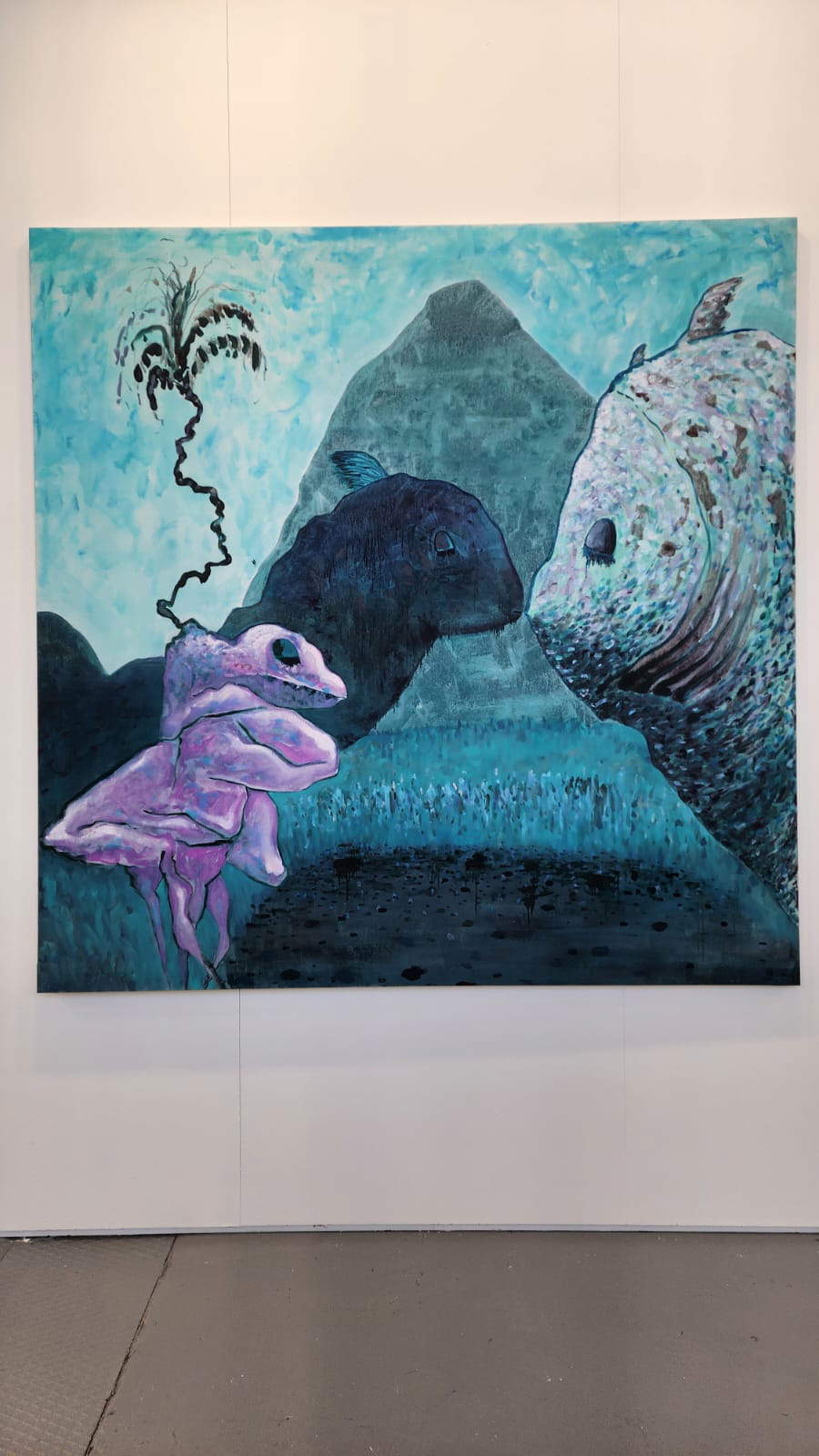
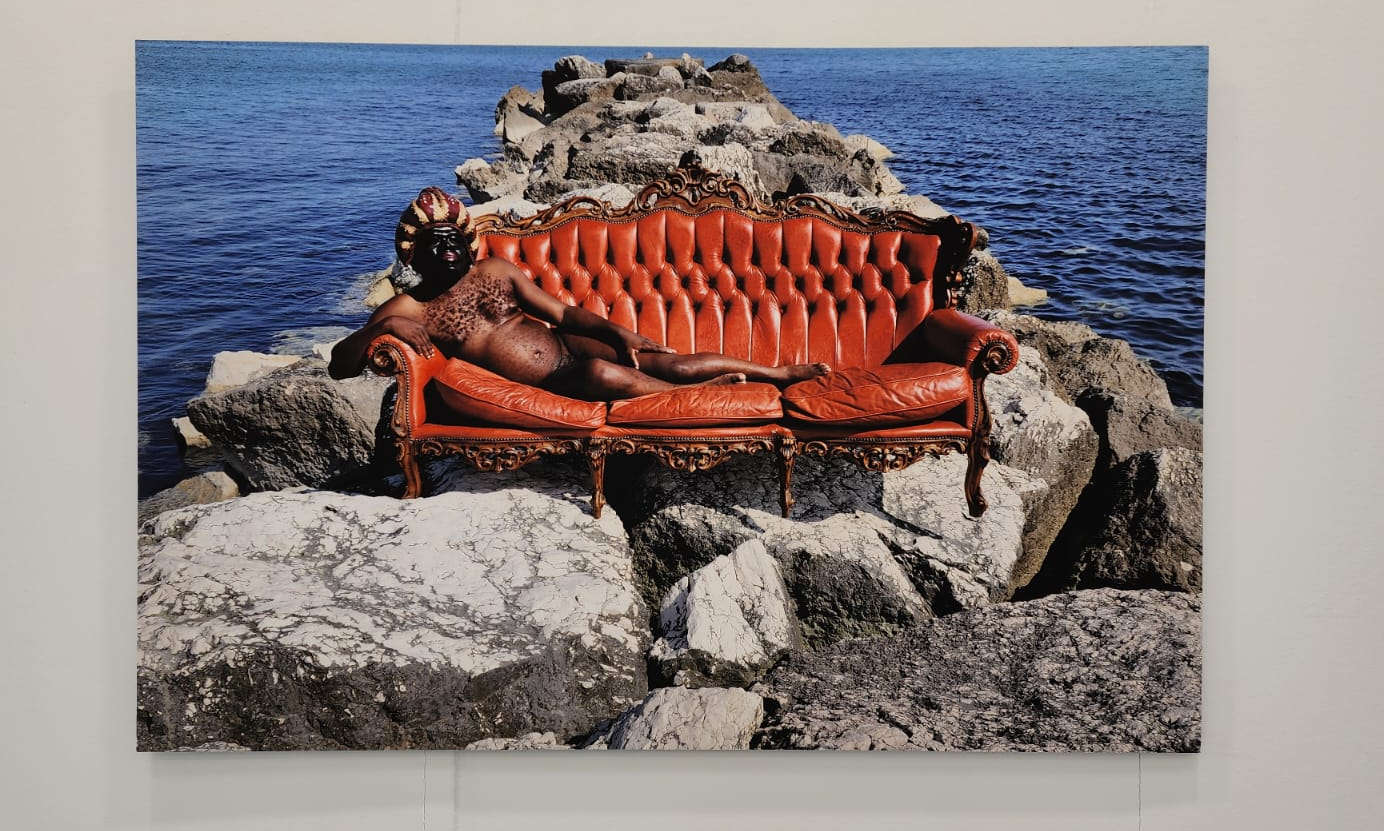
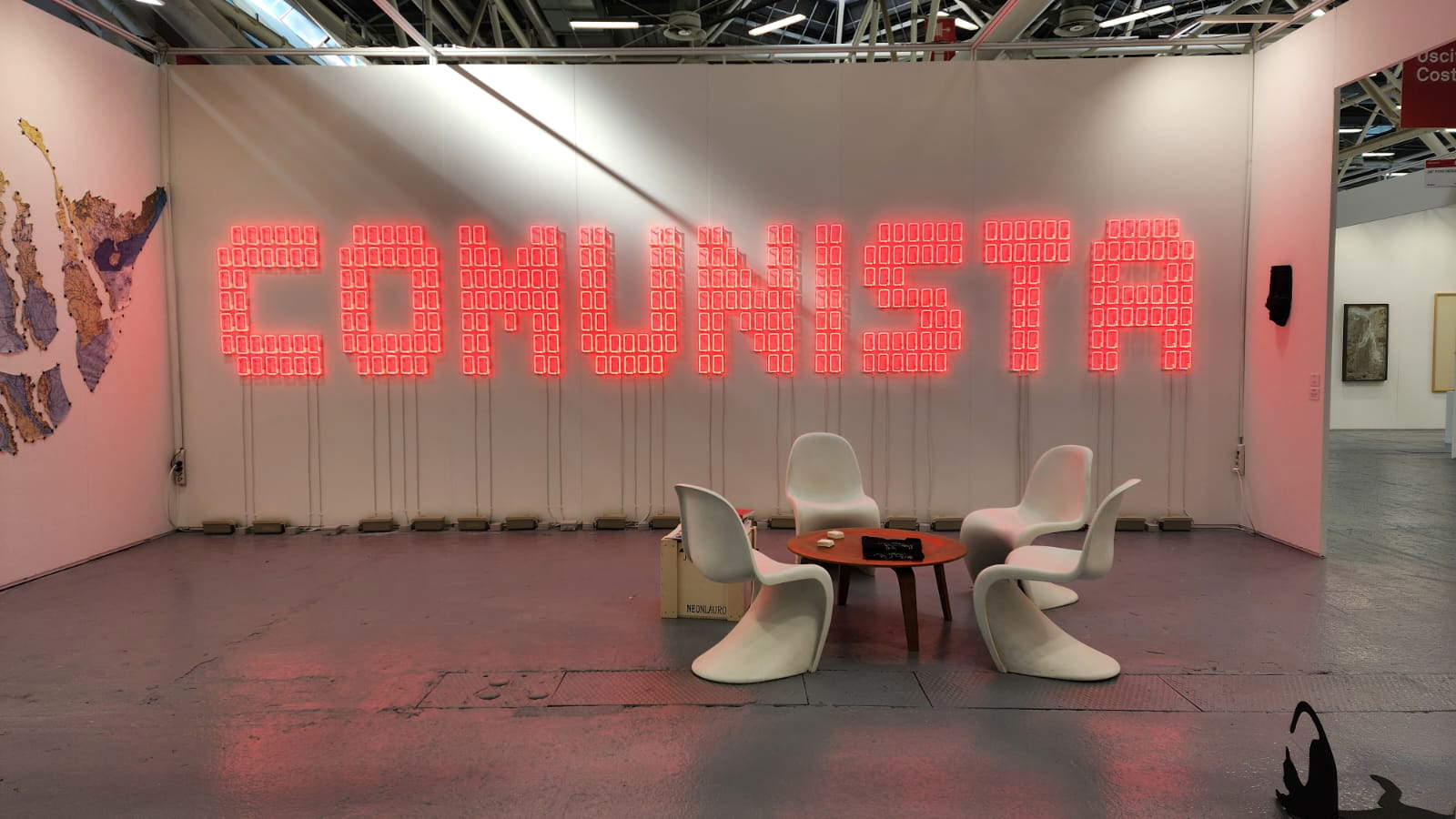
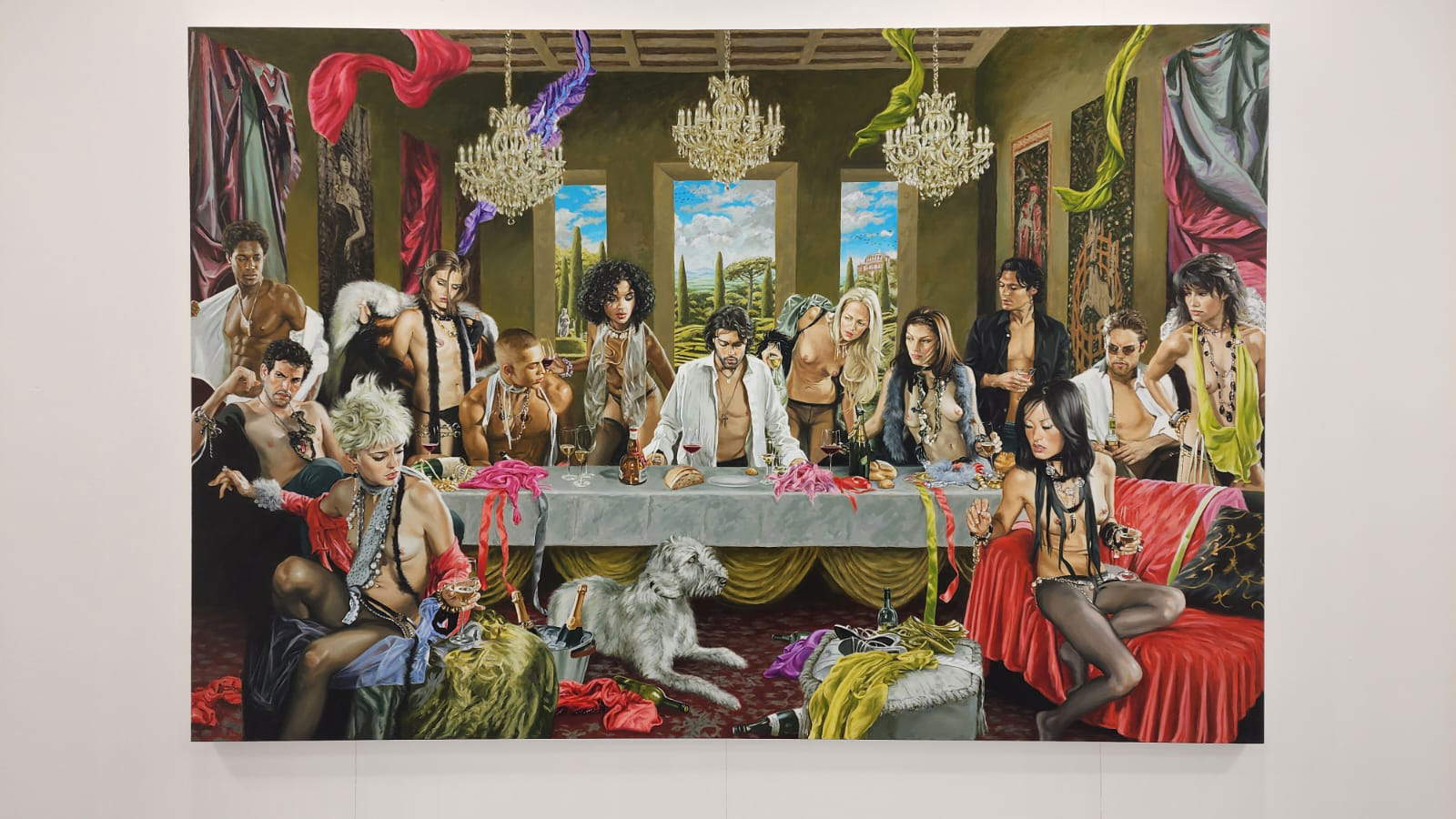
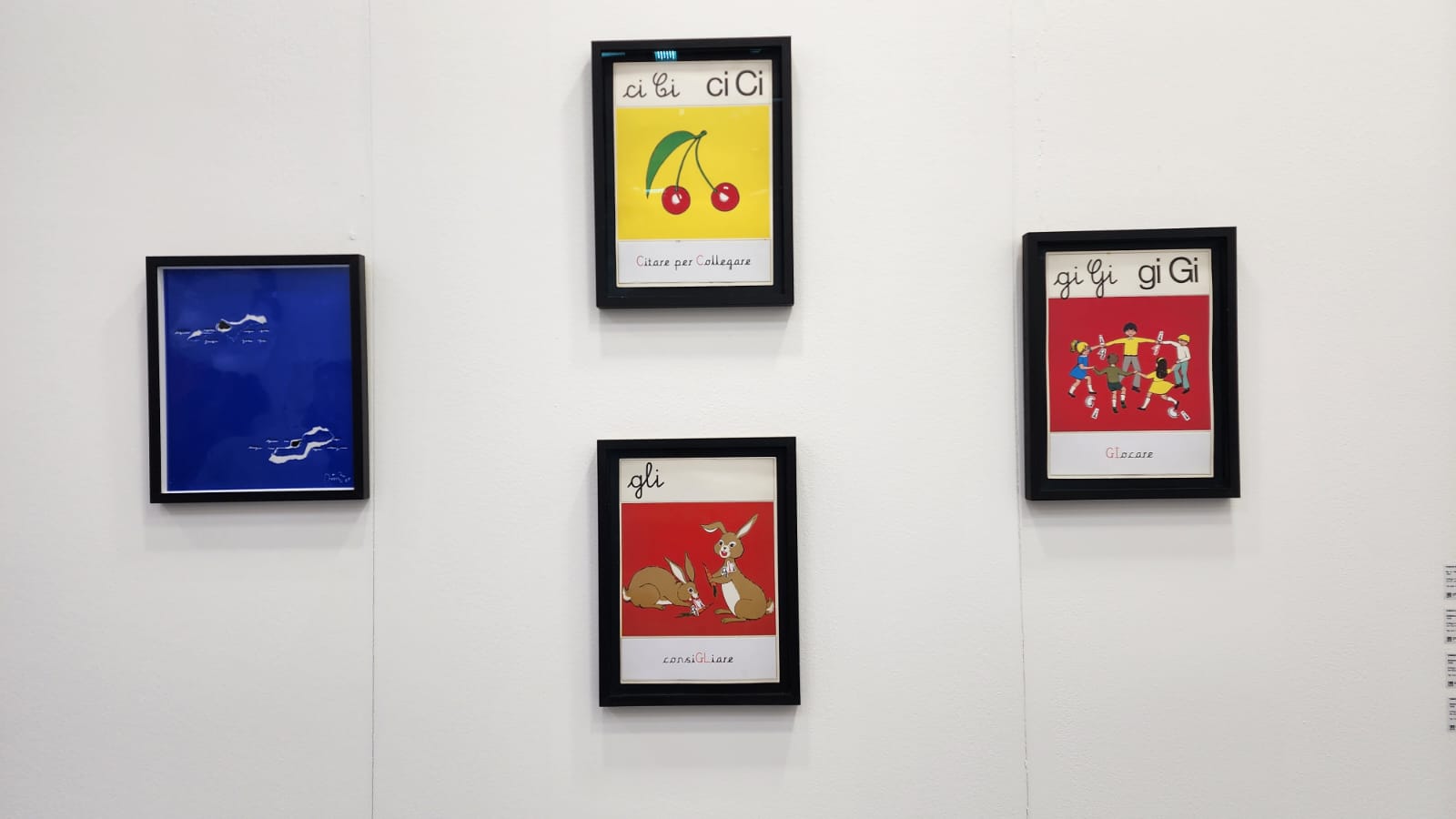
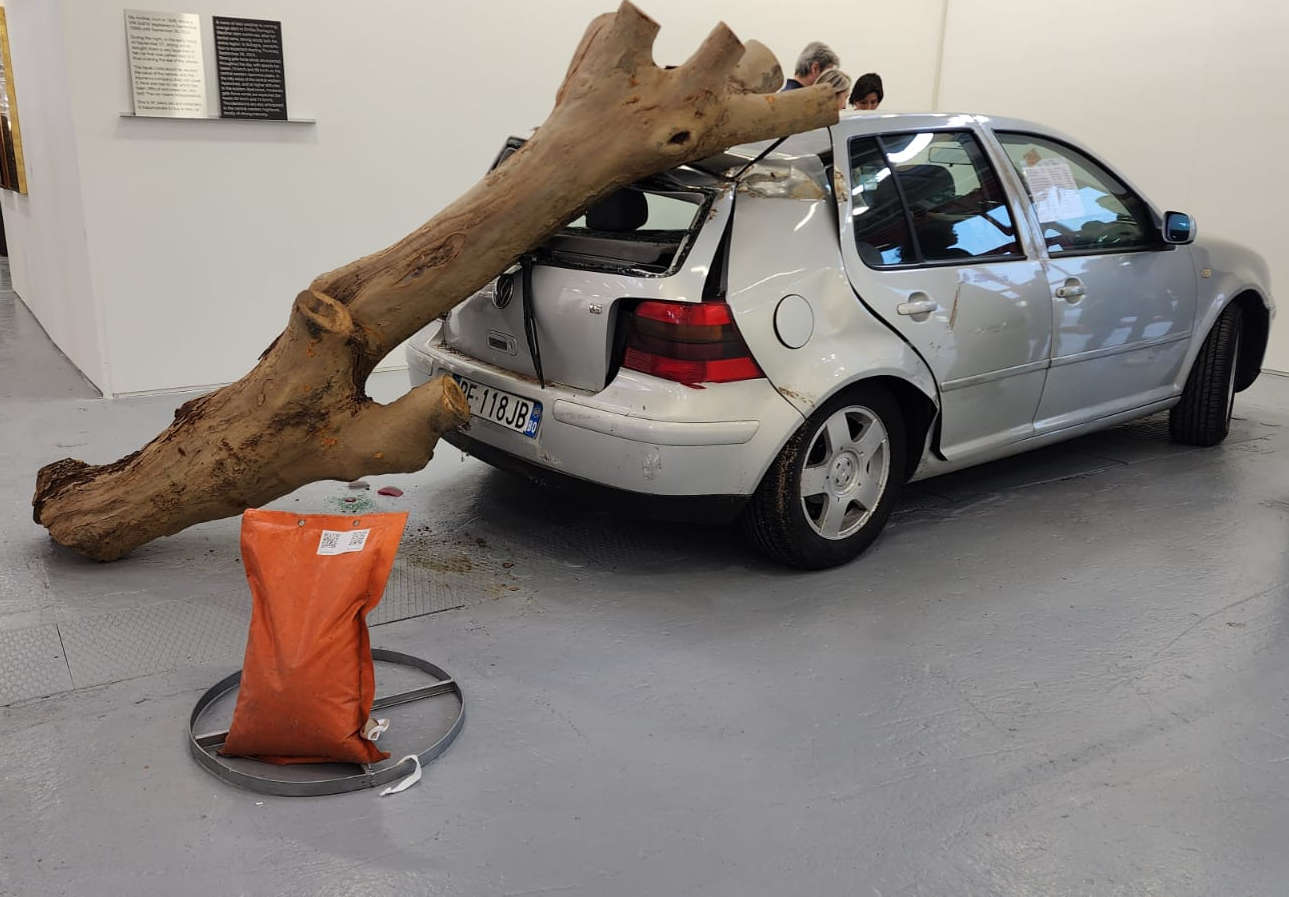
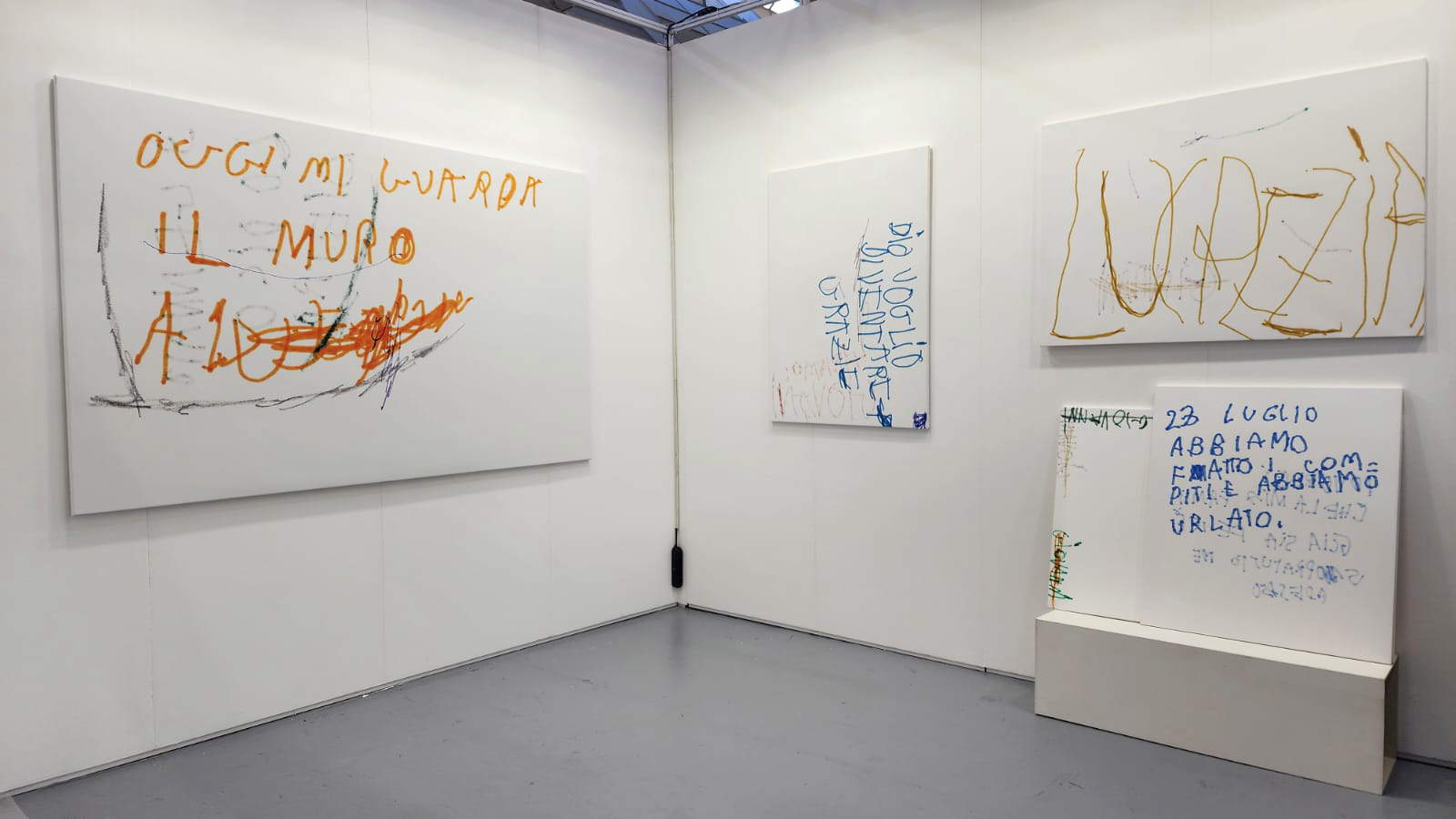
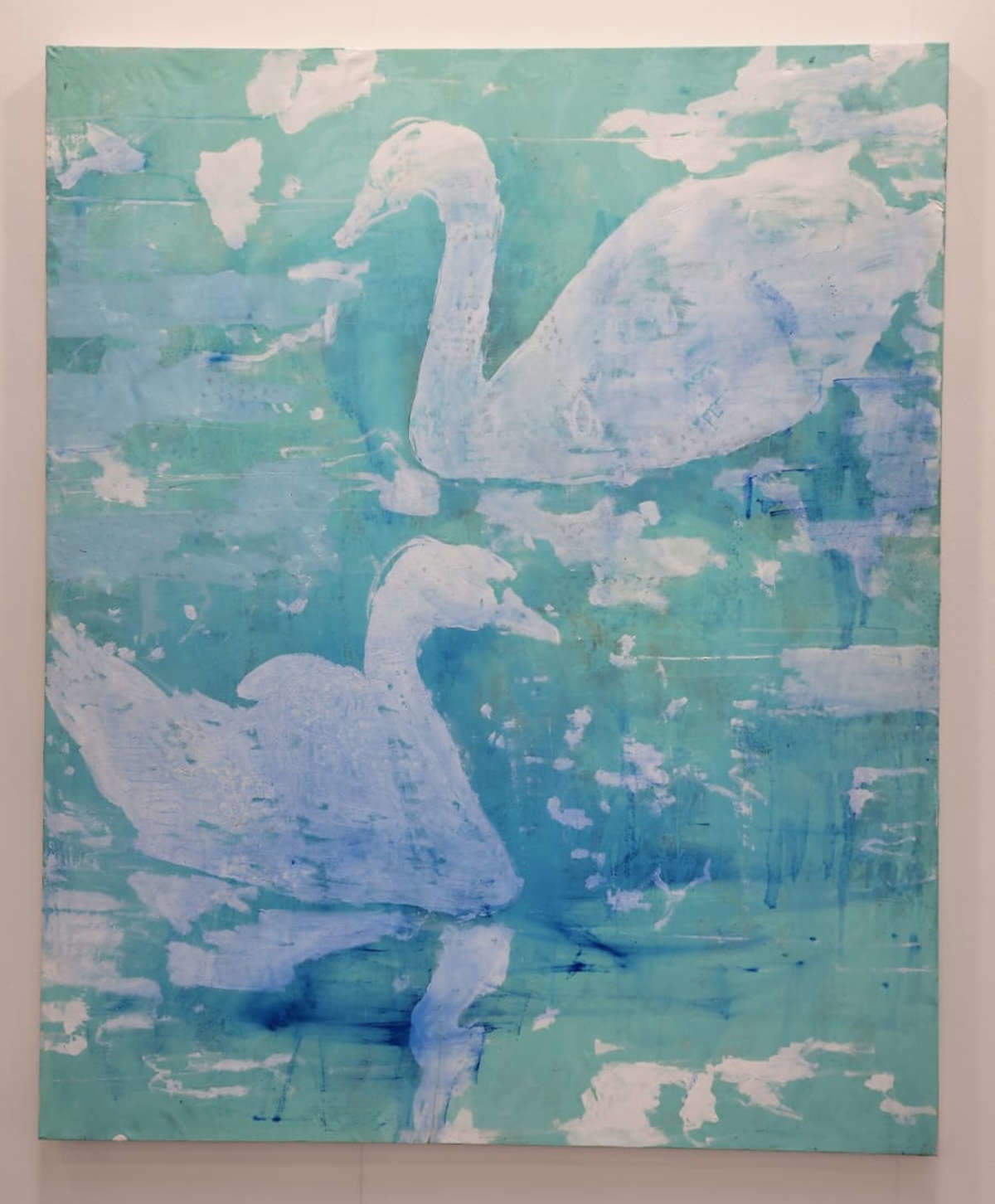

Continuing through the stands in Hall 25, one encounters the photography of Paci Contemporary , which brings, among other things, a group of photographic sculptures by the Czech Michal Macku who, since 1989, has been creating works based on a technique of his own invention, called Gallage, glass blocks cut into plates on which images are imprinted (from 6.500 to 17,000 euros), and the images of Lori Nix, an interpreter of Staged Photography who builds the scenarios of her photographs by hand to tell the story of a ruined world that has zeroed in on the human presence but left its traces (2,900 euros the small photos, 8,500 euros the large-format ones). Continuing into the second branch of Hall 25 there is still time to encounter quality Italian painting. Such as the one proposed by Francesca Antonini , who brings a selection of Italian painters who are now established: to be marked the works of Enrico Tealdi, to whom our magazine moreover dedicated a long in-depth article in the last issue of the paper magazine (4,500 euros), Sabrina Casadei (5,500 euros) and Rudy Cremonini (10 thousand euros). Or like that of Giovanni Bonelli, who dedicates two walls to two young people who are gaining more and more interest: Chiara Calore (9,000 euros) and Davide Serpetti (11,000 euros). Next to them, one of the well-known names of Italian painting, Nicola Verlato, whose great monographic exhibition at the Imola Museums has just ended, present in Bonelli’s booth with two small formats (8 thousand euros). Or again like SpazioA, where a curious painting by Luca Bertolo is on display, reproducing the cardboard of a takeaway pizza, which in turn reproduces a landscape. Not far away, Studio Sales offers other Italian artists who are less tied, however, to traditional techniques: works by Flavio Favelli and Davide Monaldi stand out. Instead, we travel to the United States with the booth of Studio d’Arte Raffaelli, which dedicates its exhibition to some famous names in American art, from the works of James Brown (€75,000) who was among the protagonists of the New York of the 1980s dominated by Basquiat, to thehumorous mixture of painting-collage-drawing of Donald Baechler (25-35 thousand euros), strong of a decades-long bond with the Trentino gallery that since 1997 has managed his presence in Italy by curating several of his solo exhibitions, from the neo-expressionism of David Salle (70 thousand euros) who’was among the names that led the worldwide return to figuration in the 1980s, to Jan Knap (10 to 23 thousand euros), also represented by Raffaelli since the 1990s, and present at Arte Fiera with some of his typical scenes of idyllic and tranquil situations dropped into an innocent and childlike world with characters caught in their simple, domestic everyday life. However, there is no shortage of Italian proposals as well: we go classic with Francesco Clemente (two significant works, one at 12,000 and one at 38,000) and also with the sculpture of Willy Verginer present both with works in wood and bronze and with ceramics (1,900 the ceramics, from 9,500 to 12,000 euros the other sculptures), while the “Secret Room” of the booth shows a series of new works with a sports theme by Simone Tribuiani from Romagna, a painter of small formats who is increasingly appreciated. A look at Roxy ’s curious neons in the Box from Studio Trisorio (3,000 to 4,000 euros) before moving on to the Novecento in Hall 26.
Dominating the scene, as always, is Tornabuoni Arte , which doesn’t get too outspoken about prices, with a range from 30 thousand euros to works over a million (the most expensive being a Fontana cut). Bottegantica’s proposal is also of great quality: two drawings by Umberto Boccioni (10 thousand each) and some small gems stand out: a Harp Player from about 1915 by Cornelio Gerenzani (22 thousand), a small masterpiece by futurist Leandra Angelucci Cominazzini, L’arto veggente, from 1936 (35 thousand euros), a sumptuous 1908 Portrait de Madame Declide by a still restrained pointillist Gino Severini (110 thousand euros) and a singular, geometric 1914 Sunken Girl by Guido Trentini (90 thousand euros). Nearby, Repetto Gallery brings a fine Male Portrait (Uncle Domenico) by Achille Funi (30 thousand euros) and a selection of photographs by Luigi Ghirri (20 to 30 thousand euros), while Umberto Verolino stands out, as always, with its textile art masterpieces: a pair of tapestries by Alexander Calder (one 150 thousand, the other 160 thousand) dialogue with a 1920s neo-Renaissance tapestry by Manifattura Eroli (28 thousand euros). There is a complete change of genre at FerrarinArte , which consigns an entire wall to theMedial Abstraction of Davide Coltro, a pioneer of Italian digital art, present at Arte Fiera with new works from the Color Fiedel series (6 thousand euros the single piece, 15 thousand euros the triptych, the small ones 2,200 euros, 5,500 euros the triptych). Mucciaccia Gallery , on the other hand, brings Jan Fabre ’s works to the show (20 thousand euros the drawings, 150 thousand to 250 thousand euros the sculptures), a rare foreign presence amid so many Italians. There is no shortage of monographic stands either, starting with EDDart Rome ’s all for Mimmo Rotella (from 9 to 70 thousand euros) and continuing with Galleria d’Arte L’Incontro, which instead is for Luigi Ontani, with prices all on display: among the most interesting works is a large lenticular photograph, Electric Throne (45 thousand euros) and an Allegory composed of a wood sculpture and a watercolor (50 thousand). However, L’Incontro, in its “secret” room, offers other artists as well: tasty painted terracottas by the Japanese Kazumasa Mizokami, on the strength of his recent solo show in Massa (1,800 euros). And, speaking of galleries displaying prices, check out Cardelli & Fontana ’s wide selection of historical abstractionism, which, in addition to its leading contemporary artists (Beatrice Meoni, Fabrizio Prevedello, Mirko Baricchi, Luca Lupi, Mirco Marchelli), ranges from some little-known but definitely interesting names such as Andrea Bizanzio (a 1956 Composition at 10 thousand euros) to the most famous masters such as Atanasio Soldati (from 28 thousand to 65 thousand euros). Finally, it should be noted that this edition Arte Fiera seems to have rediscovered an artist too long forgotten as that of Gianfranco Ferroni, a name among the greatest of our twentieth century but of which few seem to have noticed, present both at the Stefano Forni stand (from 14 thousand to 35 thousand euros) and at the Il Chiostro stand with almost overlapping prices (from 15 to 30 thousand euros).
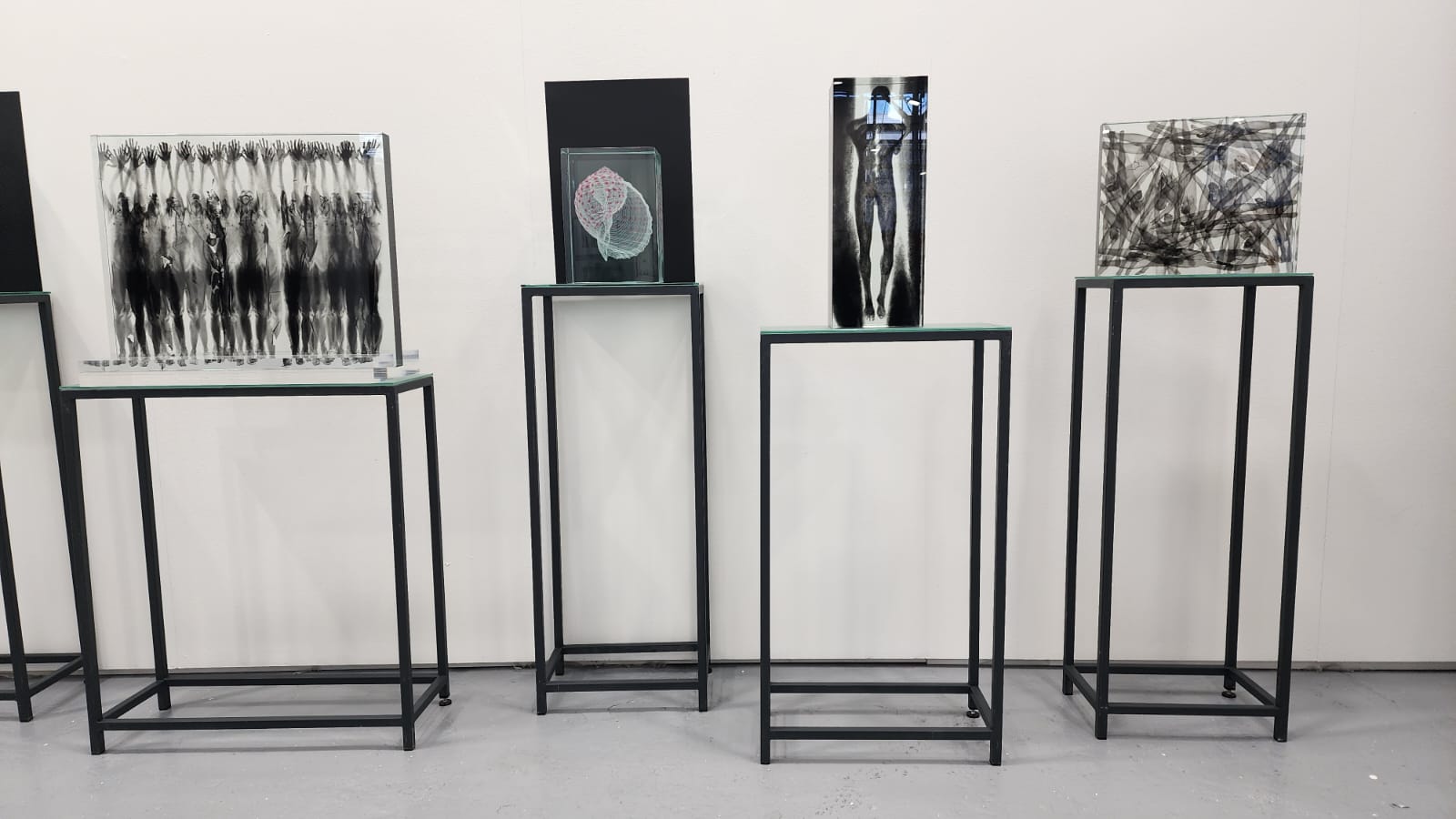
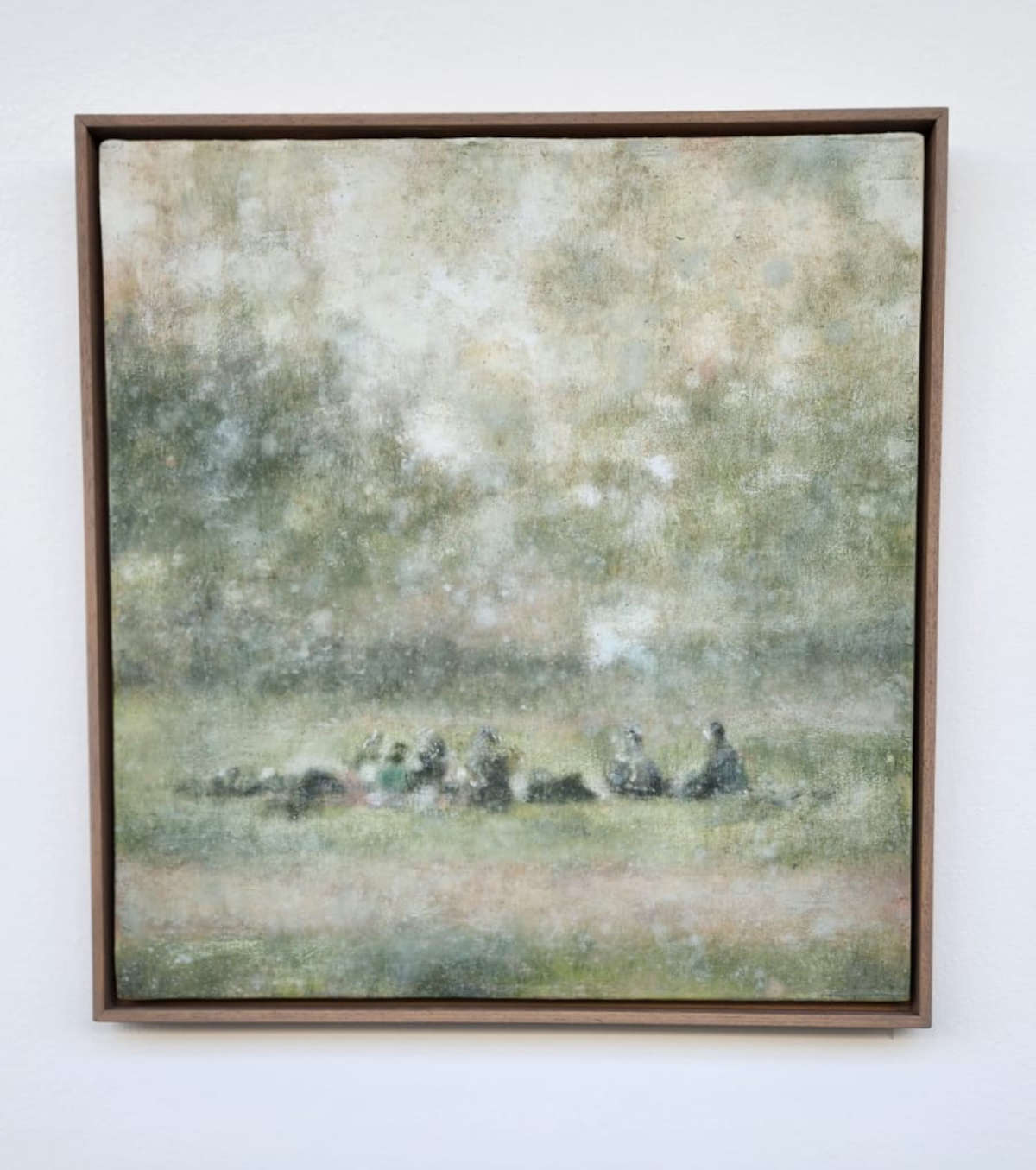
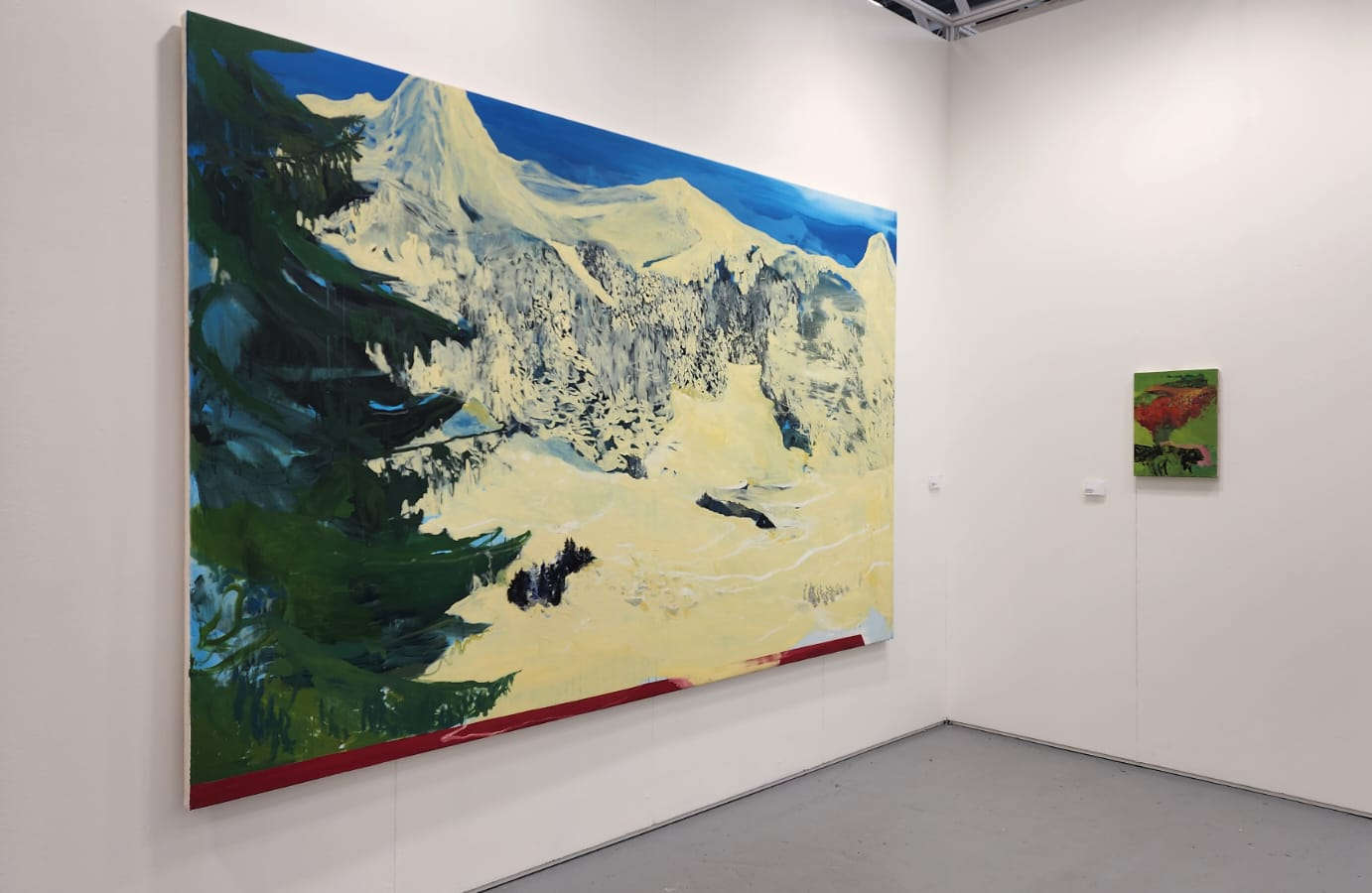
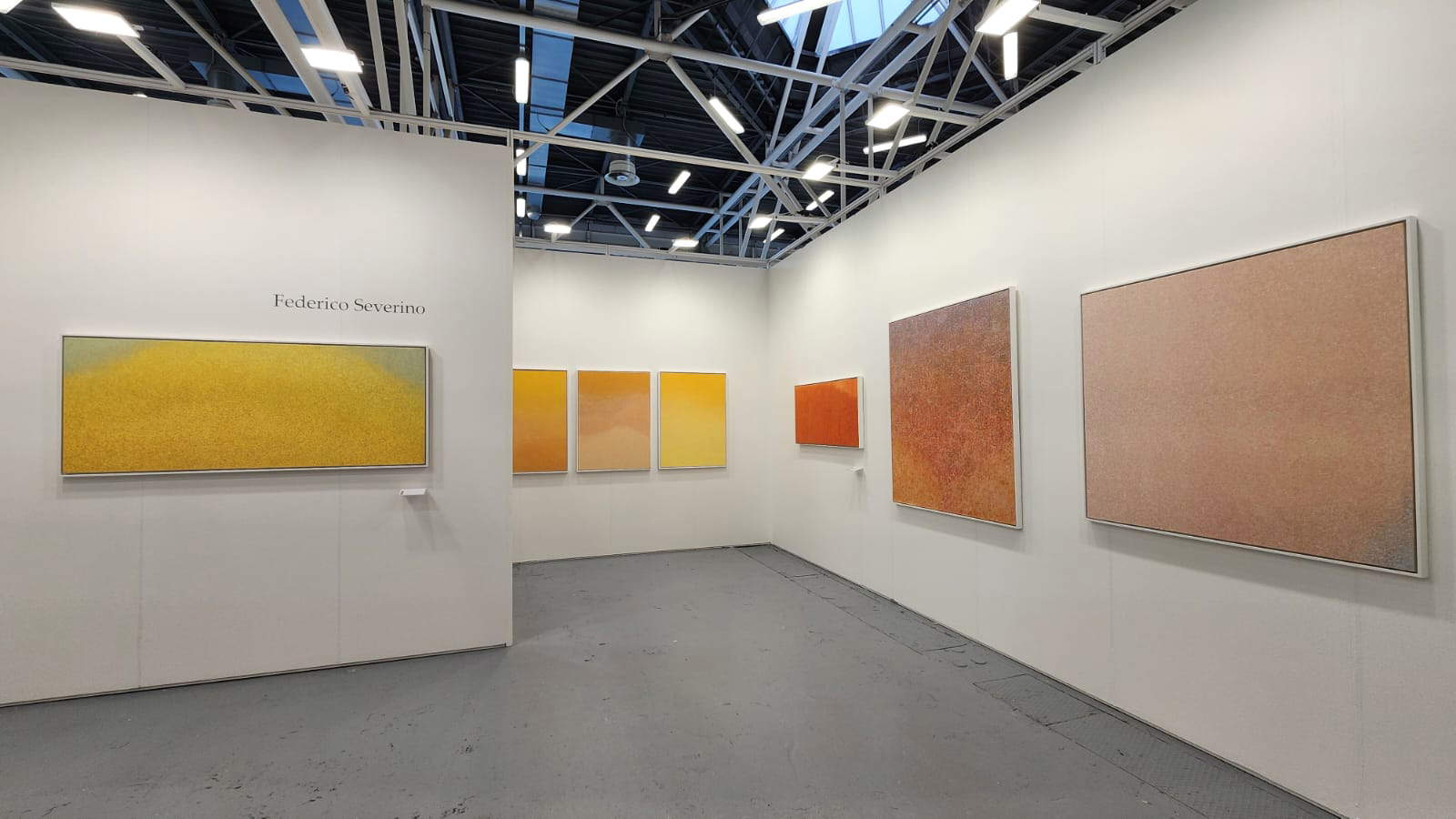
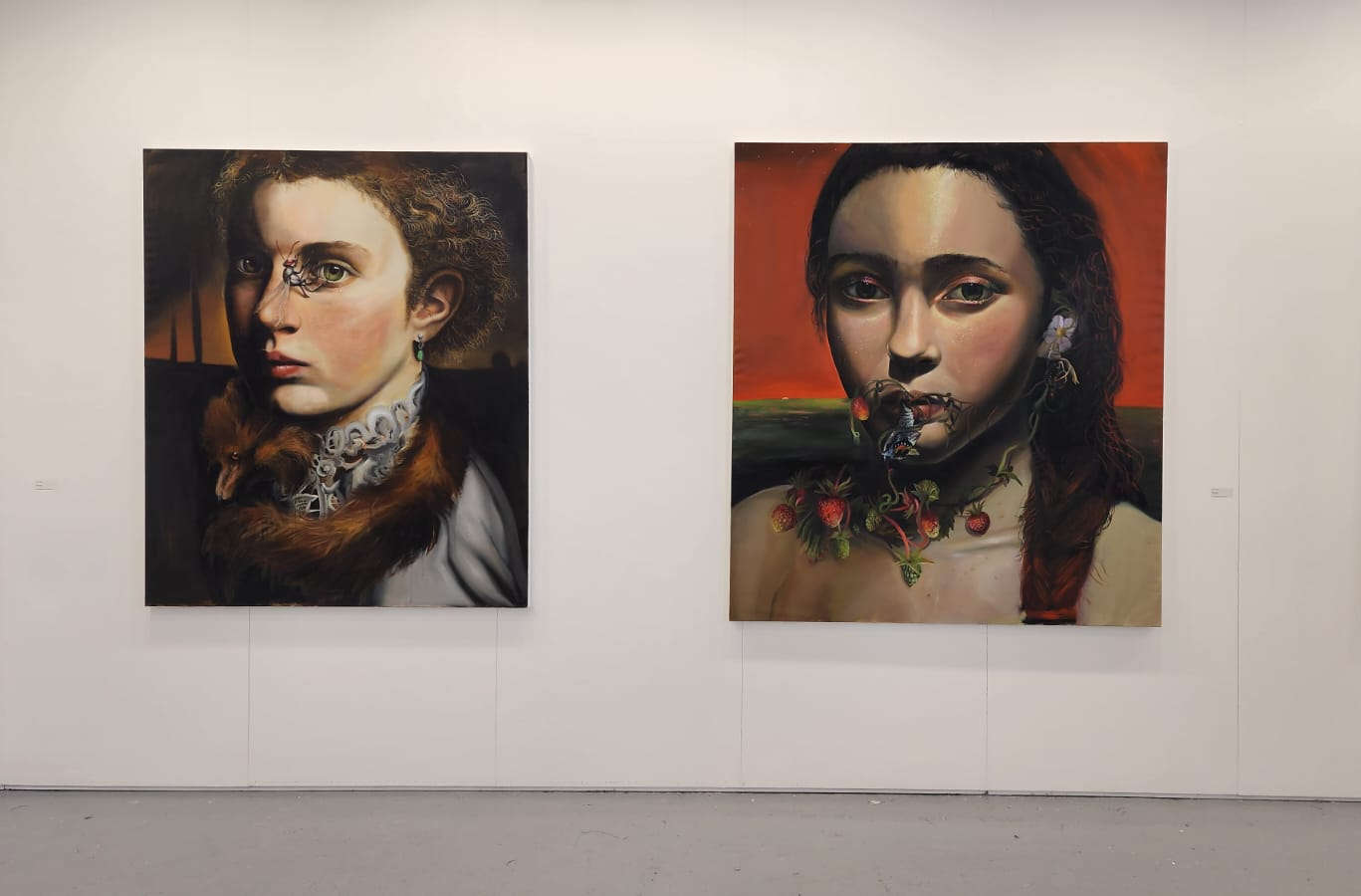
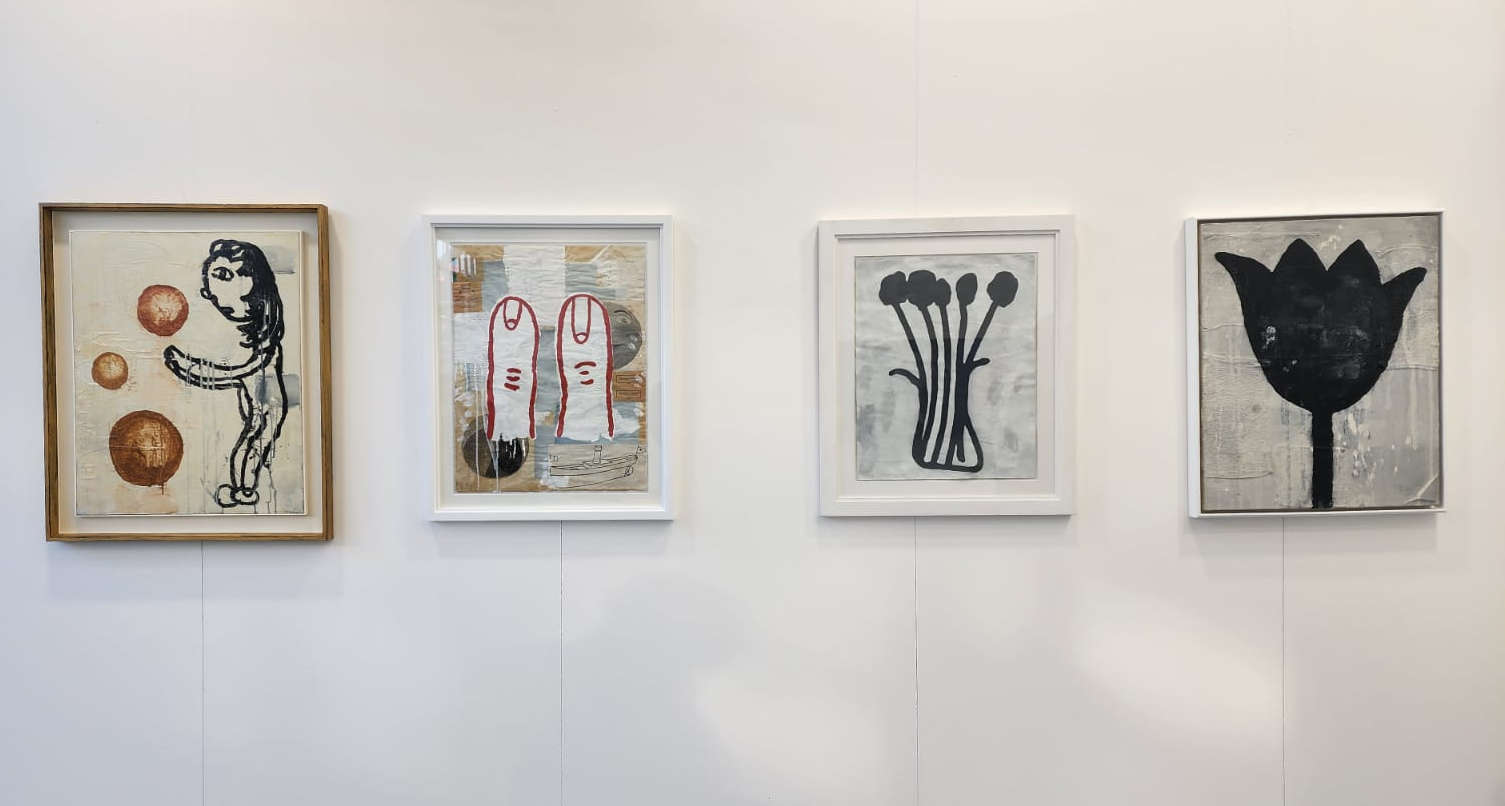
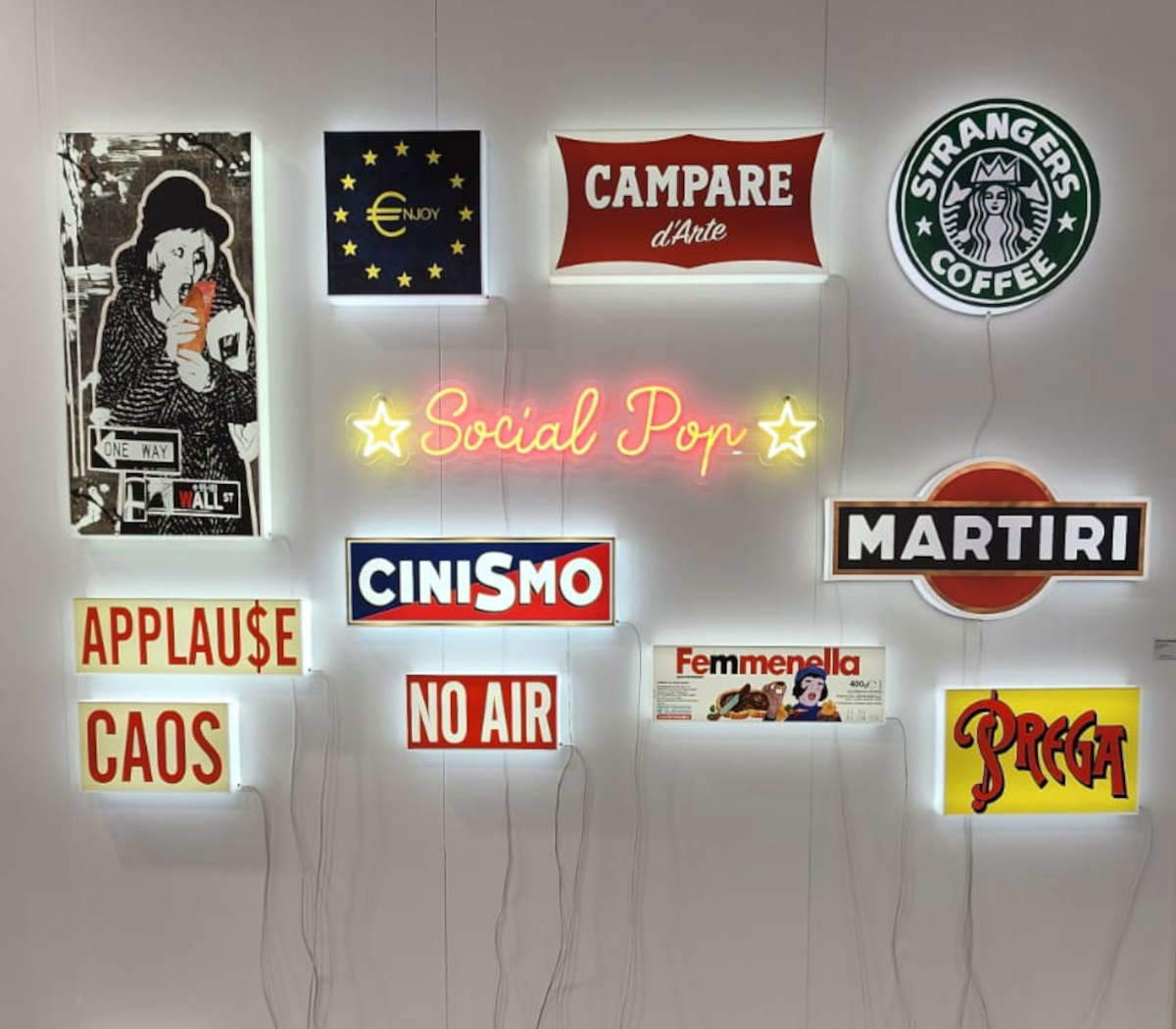

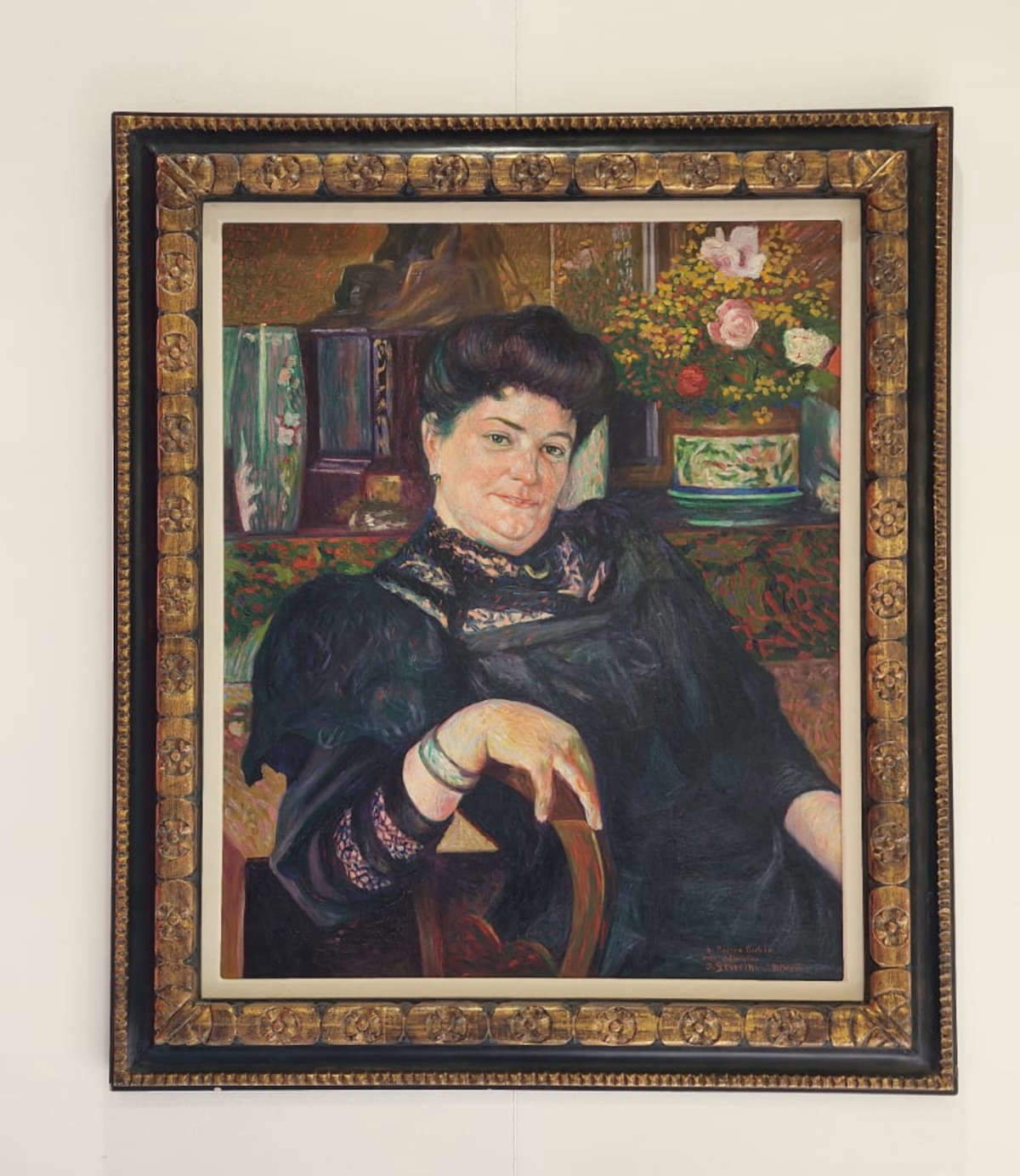
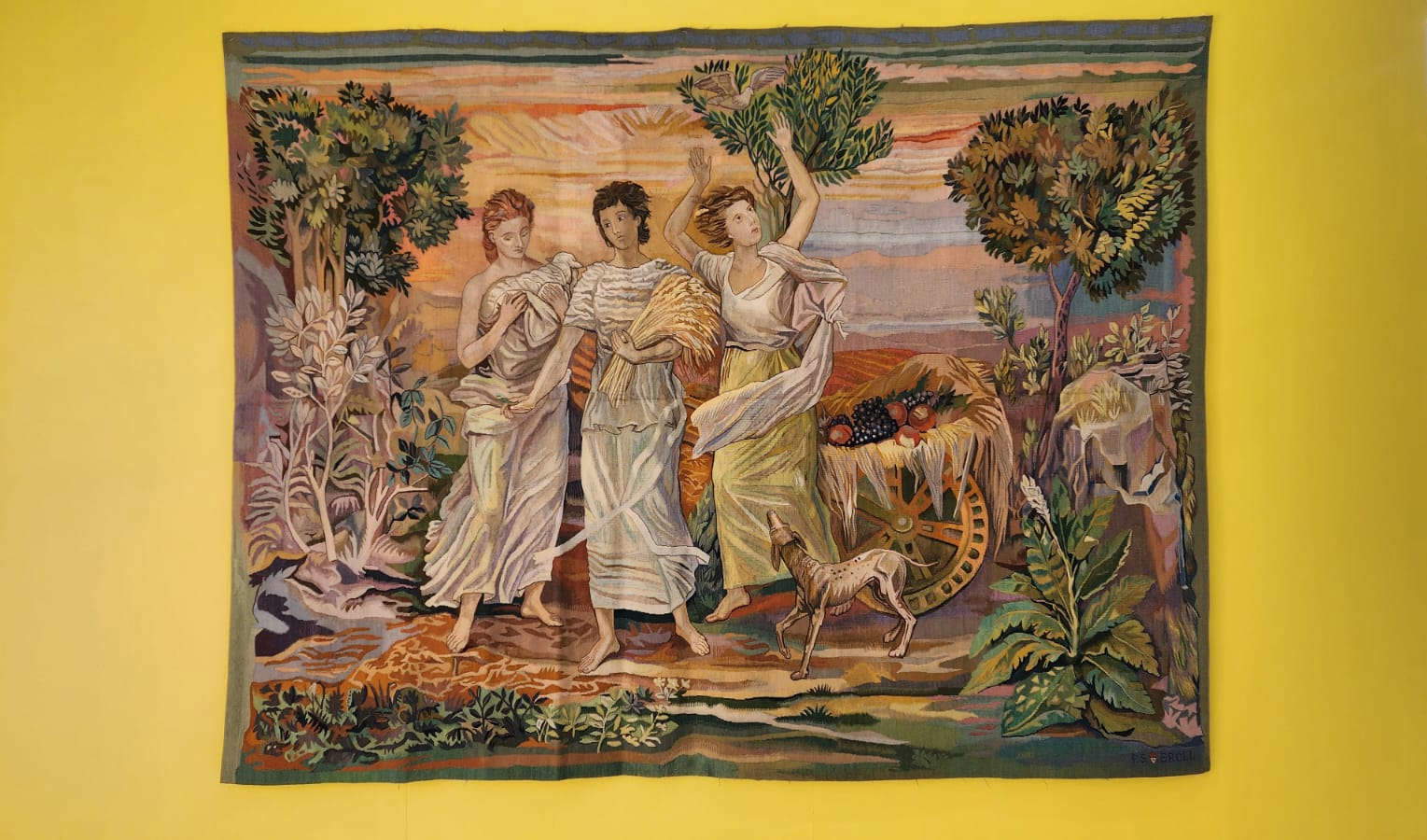
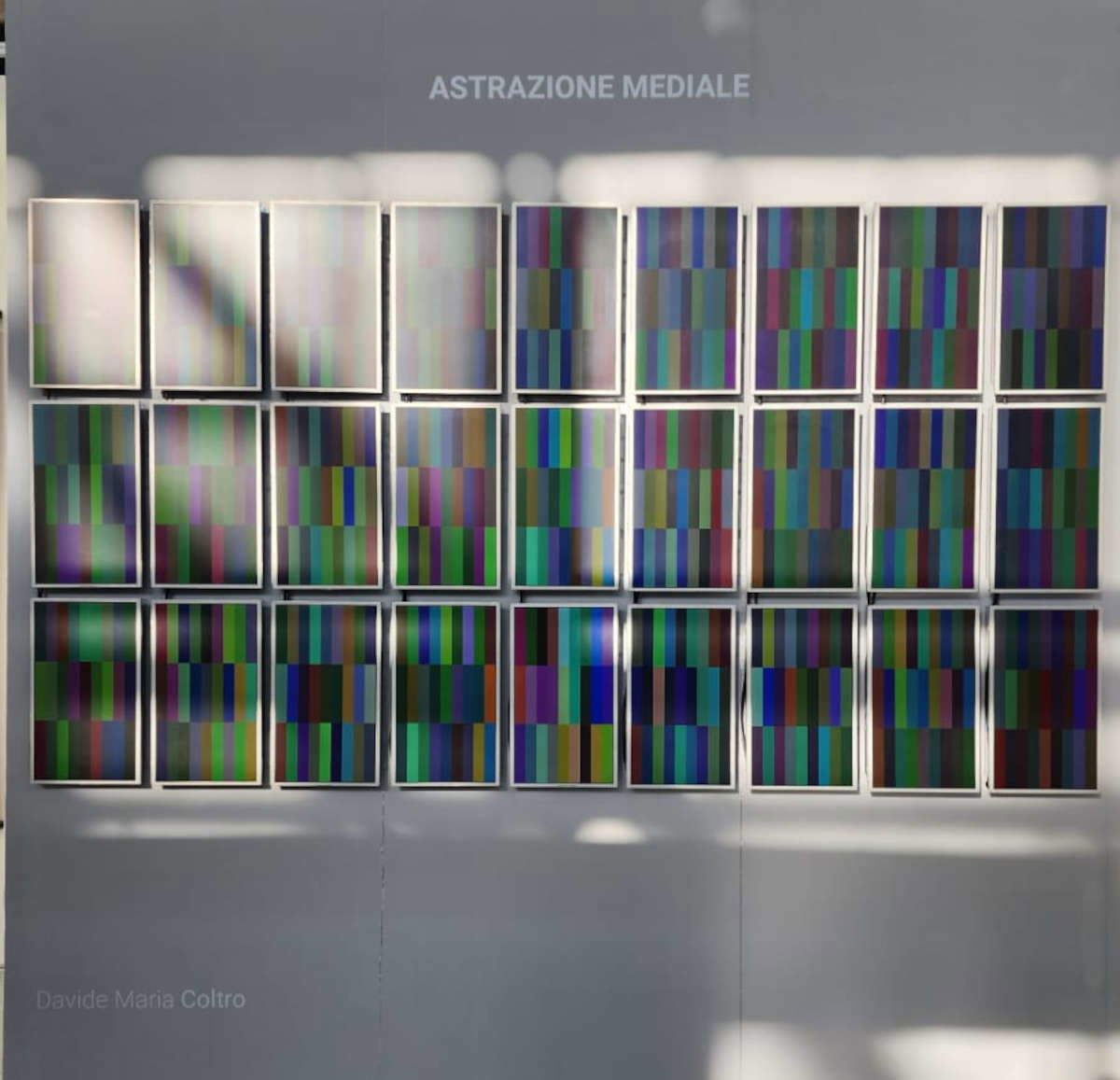
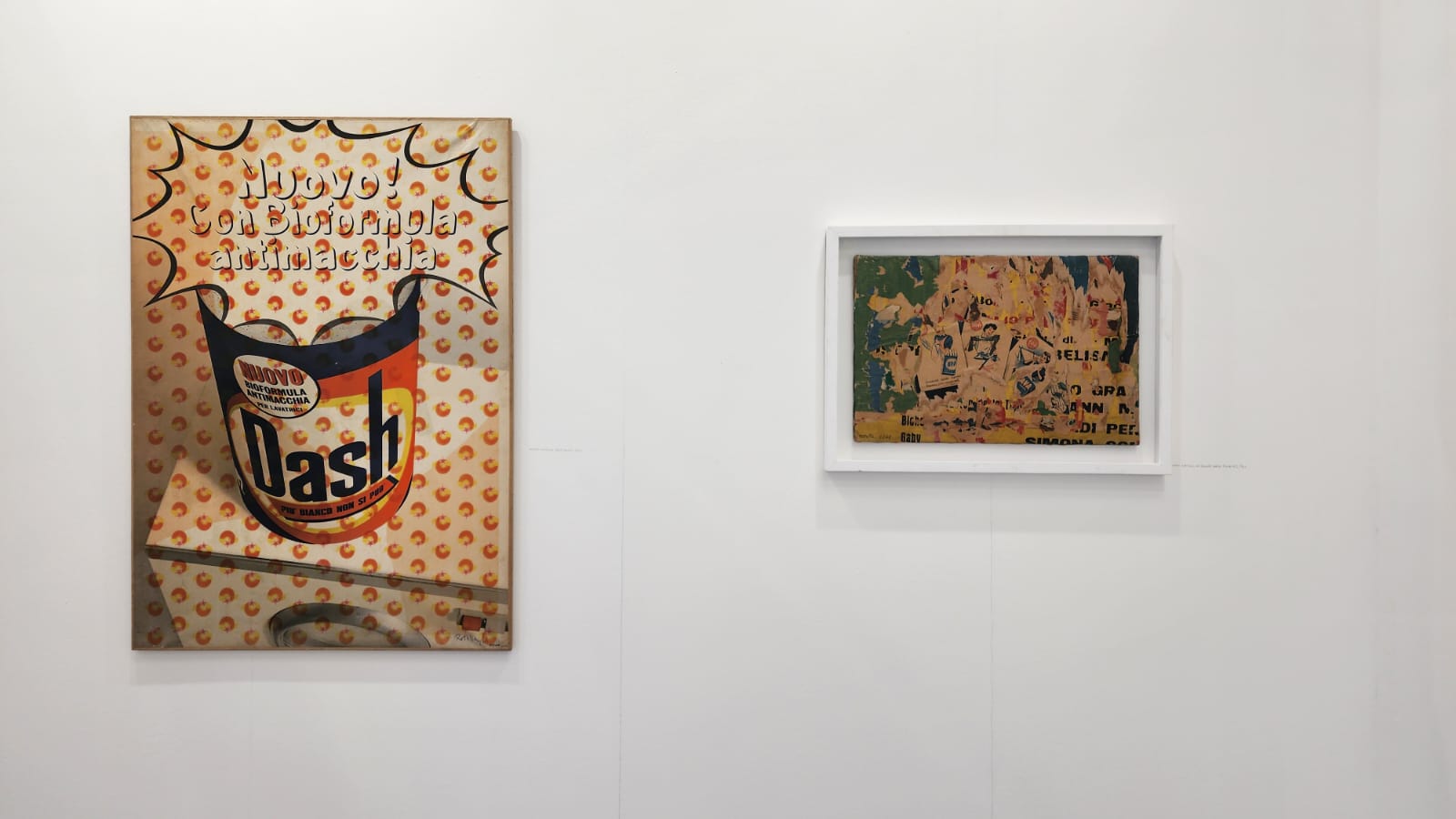
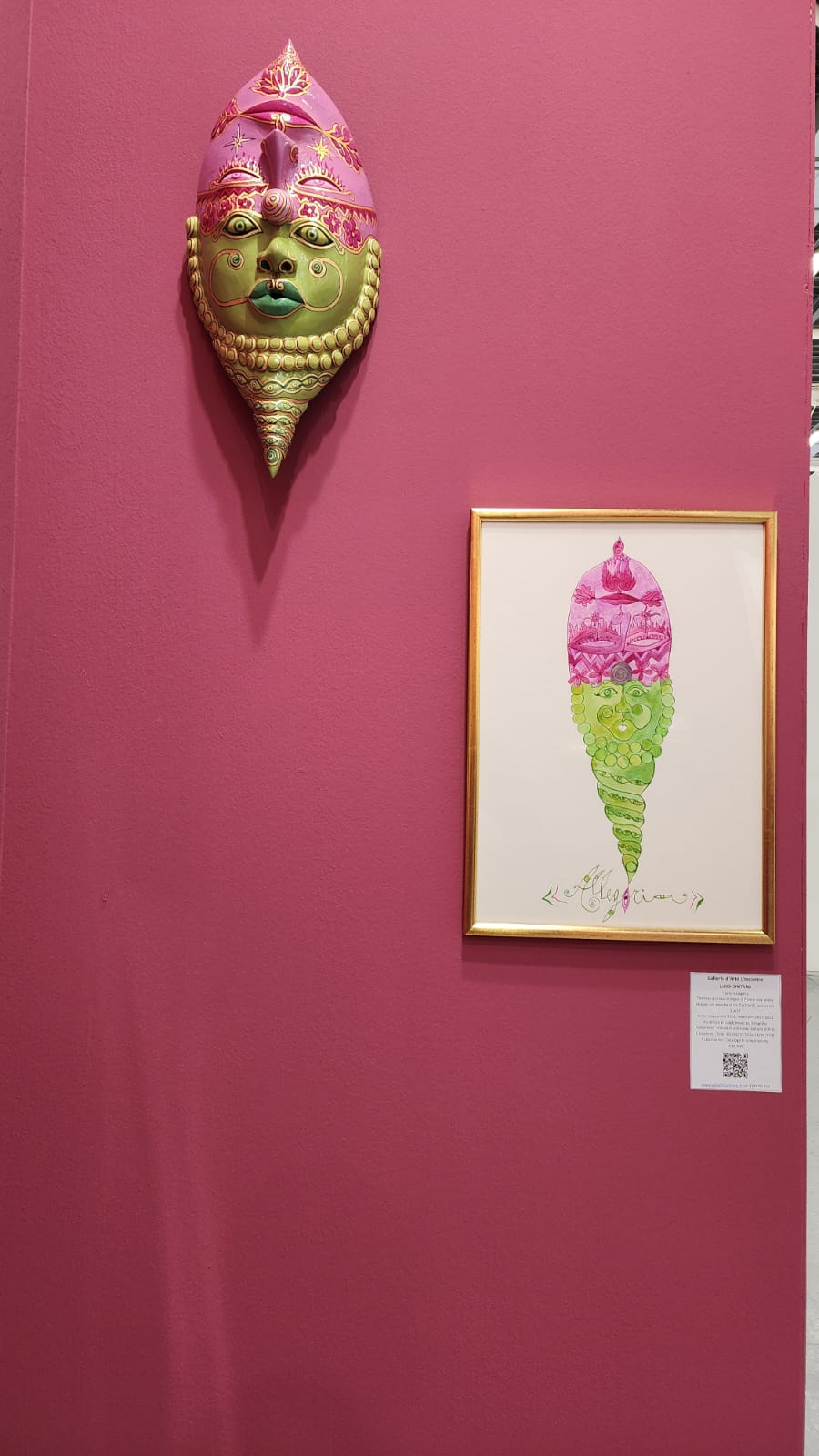
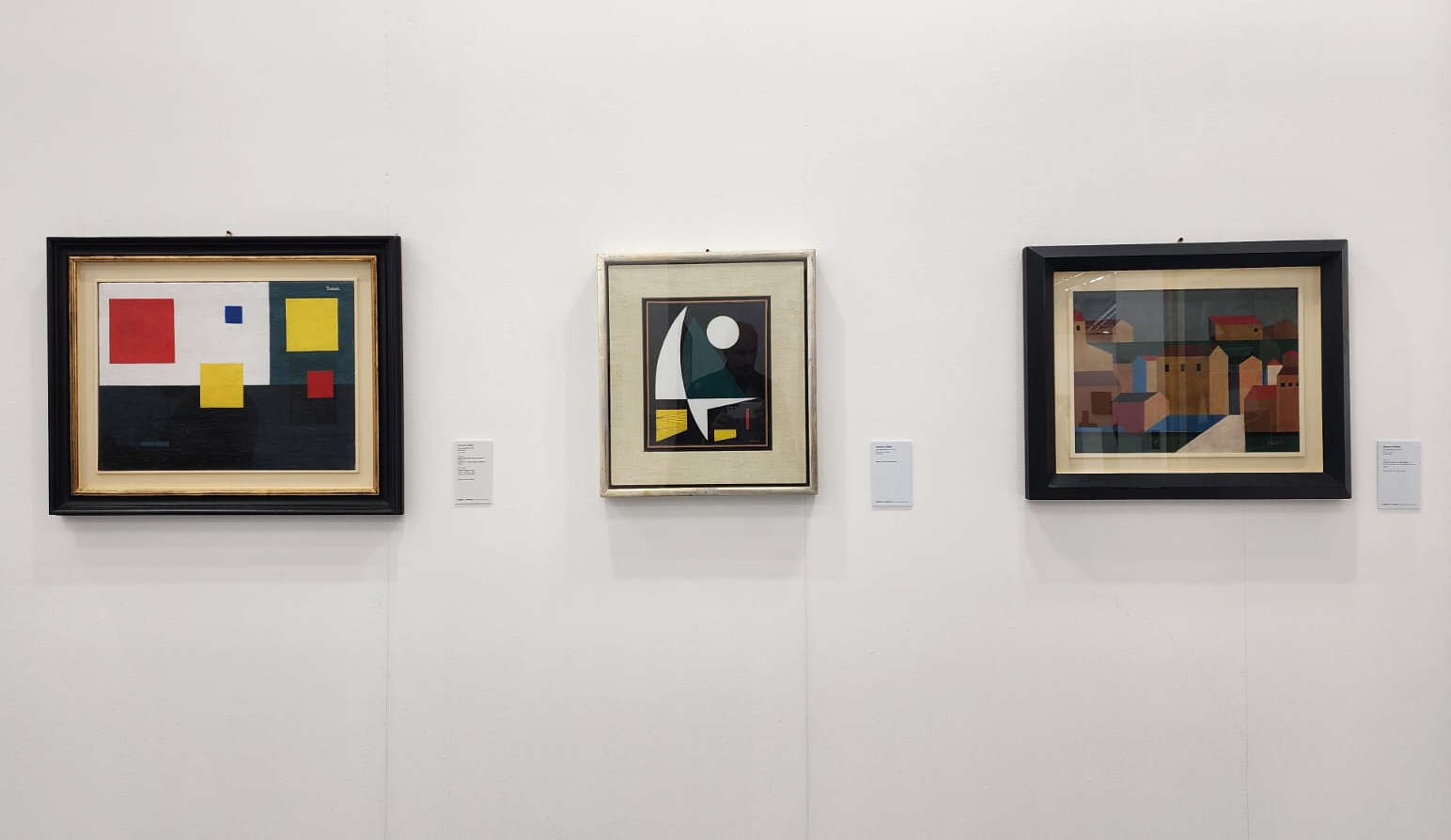
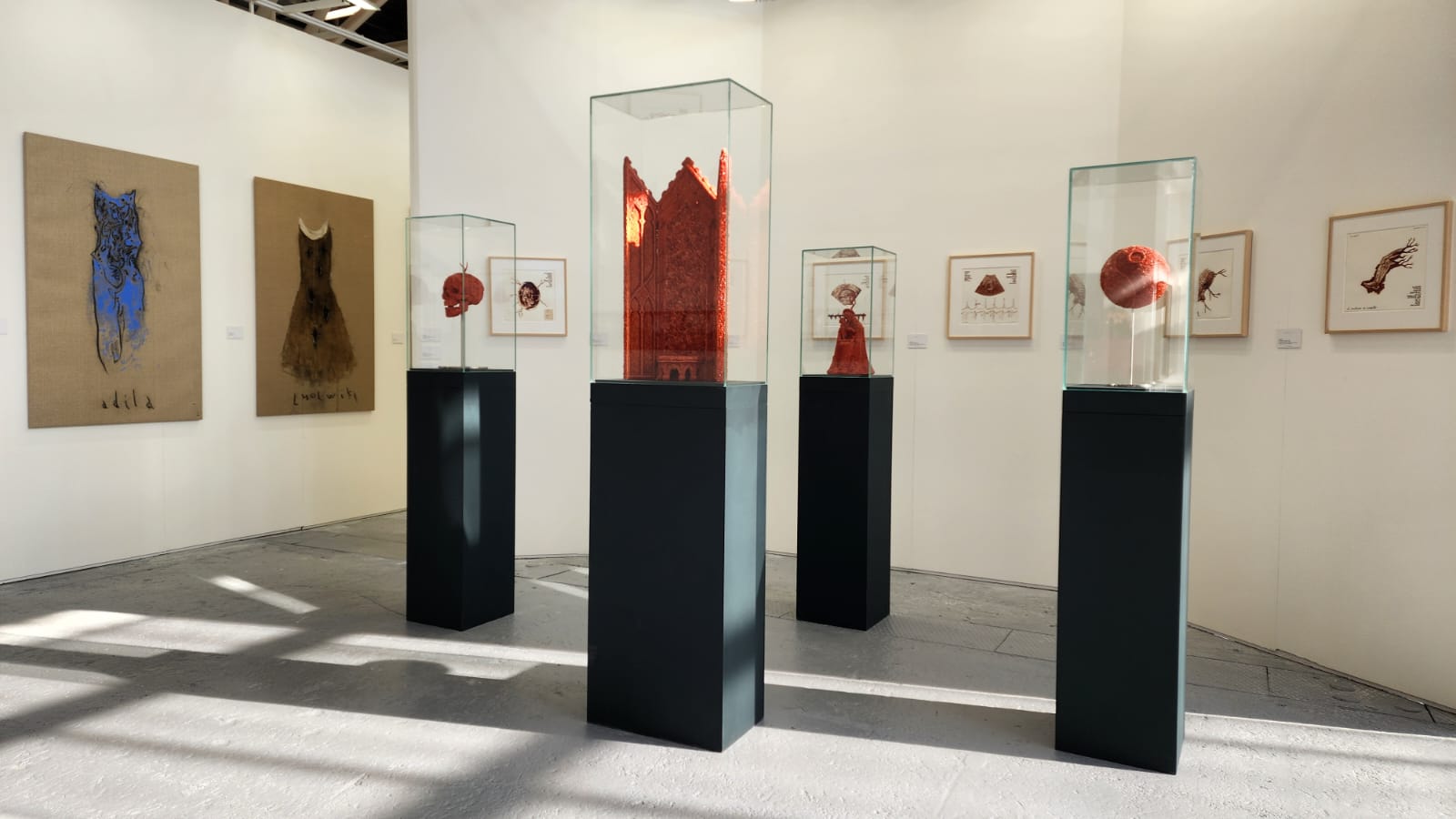
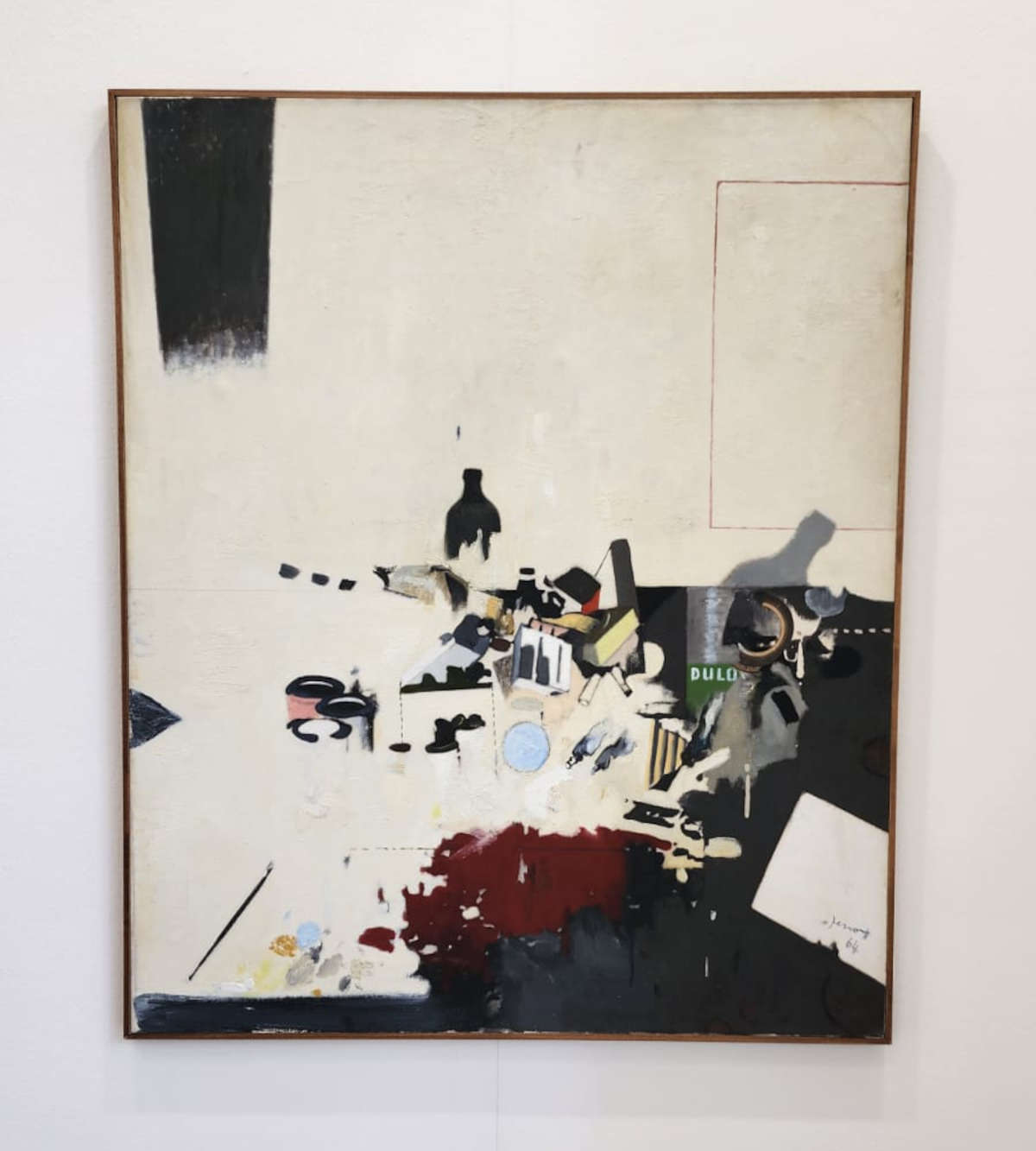
It is always said that Arte Fiera is the litmus test of Italian collecting: from how things are going at the fair, one can tell the state of our market. Not least because it is the first event of the year. And the declarations of the preview are bombastic: Arte Fiera wants to begin to present itself as a research fair (with a new section, Prospettiva, dedicated to the most experimental artists and which seemed to us, however, decidedly revisable: we are only in the first year, however, there will be time), it wants to become a point of reference for Italian art also with regard to foreign collecting Of course, we are only at the preview day and it is too early to draw the lines of this new edition. However, it seemed to us an appreciable edition, all in all lively, orderly (no one dares anymore, as was done a few years ago, to move Arte Fiera from pavilions 25 and 26 of the Bologna fair: this is its natural habitat ). And many of the gallerists, collectors and insiders we crossed paths with on this preview day seemed to agree that this edition is demonstrating good quality. This is already a first result.
Warning: the translation into English of the original Italian article was created using automatic tools. We undertake to review all articles, but we do not guarantee the total absence of inaccuracies in the translation due to the program. You can find the original by clicking on the ITA button. If you find any mistake,please contact us.





